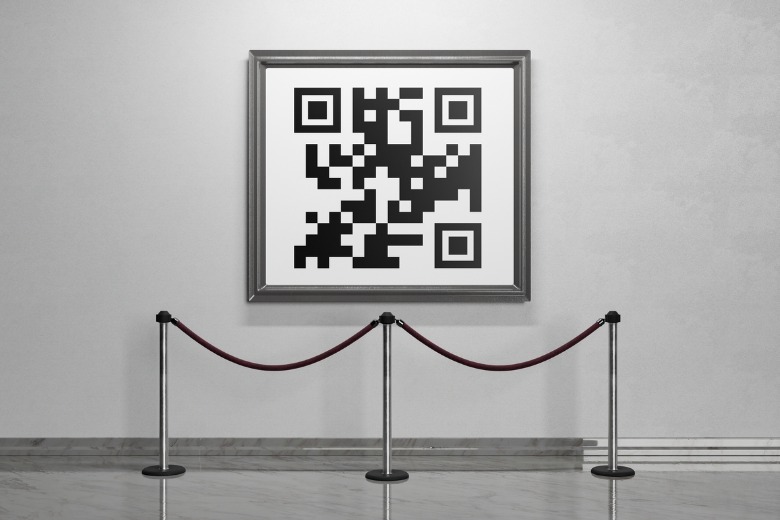
Australia’s cultural institutions are leading the charge to use digital technology to stay connected to history, writes Jim Steed.

Lost for more than 100 years, a Tasmanian Aboriginal water container made from bull kelp during the 18th century lived in a Parisian Museum. Improperly labelled, the artefact sat in a large storeroom, packed away alongside other objects with untold stories to tell.
While the water container is just one example, missing artefacts can distort how people understand and interpret parts of history. Further, when artefacts are limited to the physicality of museum displays, opportunities for people to engage and learn from those who walked the land before us are severely restricted. That’s why it’s so important our cultural institutions are turning to digital technologies to create new opportunities to remain connected to our history.
Standing the test of time
Nowhere is this opportunity greater than in Australia, home to the oldest continuing culture on the planet. And it is right here in Australia that cultural institutions are leading this digital charge. In one example, the Museum of Tropical Queensland in Townsville is digitising thousands of underwater films, photographs, hand-drawn maps, and field journals as part of a five-year project to transform how it stores and shares its collection with communities, students and scientists around the world.
Digitised access also helps ensure objects stand the test of time, preserved in secure data centres.
Preserving Aboriginal and Torres Strait Islander culture
But this is no simple feat. It’s difficult converting materials stored on outdated devices like floppy disks and analogue slides. And when it comes to Aboriginal and Torres Strait Islander culture, it’s scrupulous work ensuring 65,000 years of indigenous history is not only well represented and documented but preserved for digital immortality.
The Australian Institute of Aboriginal and Torres Strait Islander Studies (AIATSIS) has knuckled down to do just that – the government agency has transformed its IT Infrastructure to digitise its collection of more than one million examples of academic research and works by Indigenous knowledge keepers, artists, film makers, storytellers, and writers.
One significant challenge in preserving some of the most breathtaking cultural relics, is their remote location. This is particularly the case for rock art and other artefacts that either cannot be easily transported, or hold too much cultural significance to remove them from their existing location.
AIATSIS has overcome this hurdle by extending the performance of its core data centre to remote locations, allowing large data sets to be analysed faster and with more accuracy all over the country. This is vital as no matter where these artefacts are located, they can be safely digitised. And today and tomorrow’s generations will be able to easily access invaluable digital samples of history.
It’s the same stories, just new and more accessible ways of retelling them.
Digital copies of artefacts
In fact, there are so many opportunities for technology to transform the exploration and understanding of those who first made this land their home. For example, with 3D imaging and 3D printing, organisations can produce digital and physical copies of artefacts.
Advances in technology like these, and the digitisation of cultural heritage, are giving museums new pathways as they continue to rethink what and who they are for, and how they can best serve history and our society.
Those institutions at the cutting edge of these efforts, like AIATSIS, understand that while the collection and preservation of artefacts is important, their greatest value is realised when the knowledge is shared and made accessible to all.
Stories told in a silent museum might reach the ears of a few thousand visitors, but when those same stories are made accessible online, they can be heard from every school and every computer across Australia.
*Jim Steed is Managing Director Australia and New Zealand for cloud company Nutanix
Comment below to have your say on this story.
If you have a news story or tip-off, get in touch at editorial@governmentnews.com.au.
Sign up to the Government News newsletter